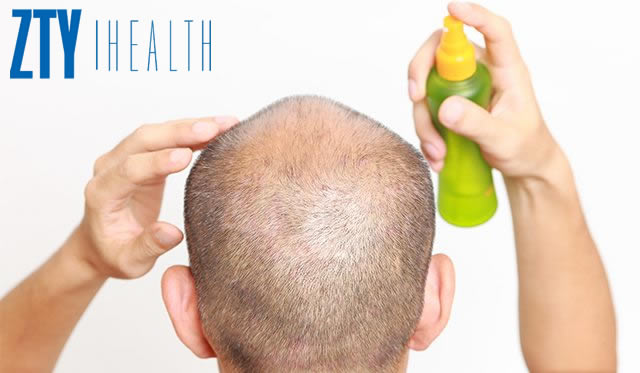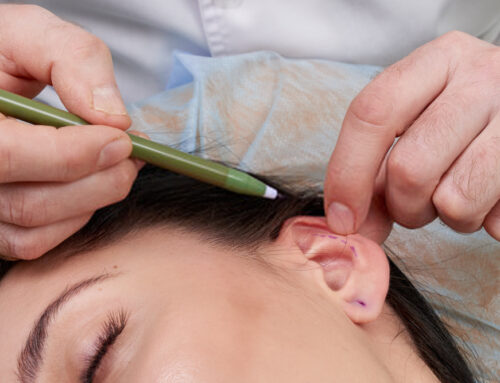Hair Transplant For Thinning Hair
People have many different types of hair. One of them might be thinning hair. After probable hair loss, those that have this hair type can have hair transplant surgery. There are a few points, even so, to be regarded here. In the rest of our blog post, you can know the solutions to most of your queries about hair transplant surgery for thinning hair.
When should you have a hair transplant?
In principle, a hair transplant is possible at any time, almost every second man thinks about the procedure if there are bald spots. In the case of hereditary hair loss, it makes sense not to have the transplantation carried out until the hair loss has ended and the individual “end stage” has been reached. How far your own hair loss will progress cannot be assessed in advance. The transplanted hair does not fall out again, but the surrounding unplanted hair does. This can result in unsightly islands of hair that make another transplant necessary. So either you wait and you can possibly restore fullness in a single treatment, or you undergo further (smaller) surgeries several years apart.
Who is a hair transplant suitable for?
Many of mans psychologically from their hair loss and try to hide the bald spots by wearing hats or artificial hairpieces, for example. Others invest a lot of money in hair restorers, which unfortunately are ineffective in most cases. Hair transplantation can often fix the problem, but it is also not suitable for everyone. In order to carry out an own hair transplant, sufficient healthy donor hair must be available for transplantation. In order for the doctor to be able to achieve a visually appealing result, their texture should be similar to that of the missing hair. For people who are almost completely bald, the surgical procedure is often not possible because there are hardly any hair follicles left that can be transplanted.
The hair loss should also have come to a standstill as far as possible, otherwise a new transplant could be necessary. For this reason, some clinics only treat people from the age of 30 to 35 years.
On the day of the operation, the scalp must also be free of inflammation and must not show any fresh wounds. If you are considering a hair transplant after chemotherapy or radiation therapy, the cancer treatment should already have been completed. In the case of hormone-related types of hair loss, doctors primarily try to counteract it with medication. In this case, the hair transplanted during the transplant could fall out again.
Why Does Hair Thin?
Several issues concern the hair’s pattern. Both of these interact to create the individual’s skin texture. This is also associated with shrinkage or having thin hair. The impact of the individual’s estrogen properties can cause the hair to become weak. Thin hair is inherent in such situations.
Over many purposes, individuals who’ve had congenital thick hair can also observe their hair getting weaker. The well before period arrives at the start of these circumstances. If it is not fed properly, the hair will start to weaken for sure. This case proves itself as shedding. At this moment, thinning hair will be reduced if inadequate nourishment persists. Thinning of the hair is thus normally regarded to be the step.
Some treatments or other requirements apart from those noted here may also trigger the shrinking of the hair. Normally, these are customized situations.
After hair transplant hair fall
After hair transplantation, hair loss occurs within a month. After the shedding is completely over, the hair will grow back. This period lasts for an average of 6-8 months.
When Should People With Thin Hair Have Hair Transplantation?
If it is conducted at the correct time, hair transplant is a process that gives the expected results. For thin hair, this scenario becomes even more delicate. Shrinking of the hair may imply that baldness will start. A hair transplant during this time frame is not suitable. In this time frame, rather than hair transplant surgery, possible therapies must be attempted.
You May Also Like: What is the difference between FUE and FUT hair transplantation?
At this stage, specialists may also suggest the use of medication Topik. Preventing hair loss ought to be the primary objective. Even after all the bolstering surgeries, in some individuals, baldness cannot be avoided. Hair transplant comes immediately to mind in such situations. Hair transplantation can be done after the occurrence of hair loss and alopecia. Even so, to evaluate the good timing, it must be recognized that guidance must be carried from a specialized physician hair implantation should not be carried out, particularly during a period of severe hair loss.
Since, in such situations, after hair transplant surgery, hair loss will begin and an undesirable outcome will happen. After the hair fall ends fully, hair implantation should then be carried out. It is worth getting upset again that the specialist will decide.
How a Hair Transplant Works
Treatment of hair transplants preserves your real hair. To accomplish this, there are various methods. Follicular Unit Transplantation (FUT), also alluded to as the Strip Procedure, depends on a hair strip that is surgically implanted from the back of your head and then grafted to the recipient region into its specific follicles. Follicular Unit Extraction (FUE) doesn’t involve a surgical procedure but depends on modern technologies such as NeoGraft or Artas to use pressure transducer to remove single hair follicles from the donor area. For FUE, the implantation of the follicles into the receiver region takes place in the same manner as with FUT.
After having a proper hair transplant surgery, it means that no thinner hair? Aaah, no. Your hair is easily shifted from one region of your scalp to the next. All in all, it’s a match of zero sums and you’re stuck with the same bit of hair.* But that has to be thinner in the other to keep your life finer in the balding areas of your scalp.
Thinning Hair Restoration
Doctors also prefer to implant as much transplantation in a region of thinning as they would in a bald region if there is ample room between both the current hairs. The grafted hairs, without affecting them, cover the existing strands of hair but will raise volume significantly. In the meantime, the appropriate transplant will occur after the original hair is lost due to the natural progress of hair loss.
Often patients prefer to implant enough hair for the current and have a second session, after the non-transplanted hair is damaged, to recover the hair growth, even when there is enough room to complete a region in one session.
Clients, please remember that they will begin to thin out their natural hair. It is the hair that is grafted that can support development. So it is quite important to try hair transplantation for thinning hair.





Leave A Comment